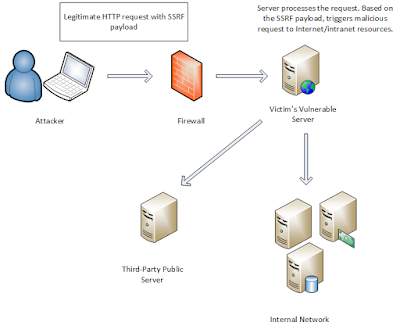Injection Flaws
Injection flaws allow attackers to relay malicious code through an application to another system. These attacks include calls to the operating system via system calls, the use of external programs via shell commands, as well as calls to backend databases via SQL (i.e., SQL injection). Whole scripts written in Perl, Python, and other languages can be injected into poorly designed applications and executed. Any time an application uses an interpreter of any type there is a danger of introducing an injection vulnerability. Many web applications use operating system features and external programs to perform their functions. Sendmail is probably the most frequently invoked external program, but many other programs are used as well. When a web application passes information from an HTTP request through as part of an external request, it must be carefully scrubbed. Otherwise, the attacker can inject special (meta) characters, malicious commands, or command modifiers into the informat








